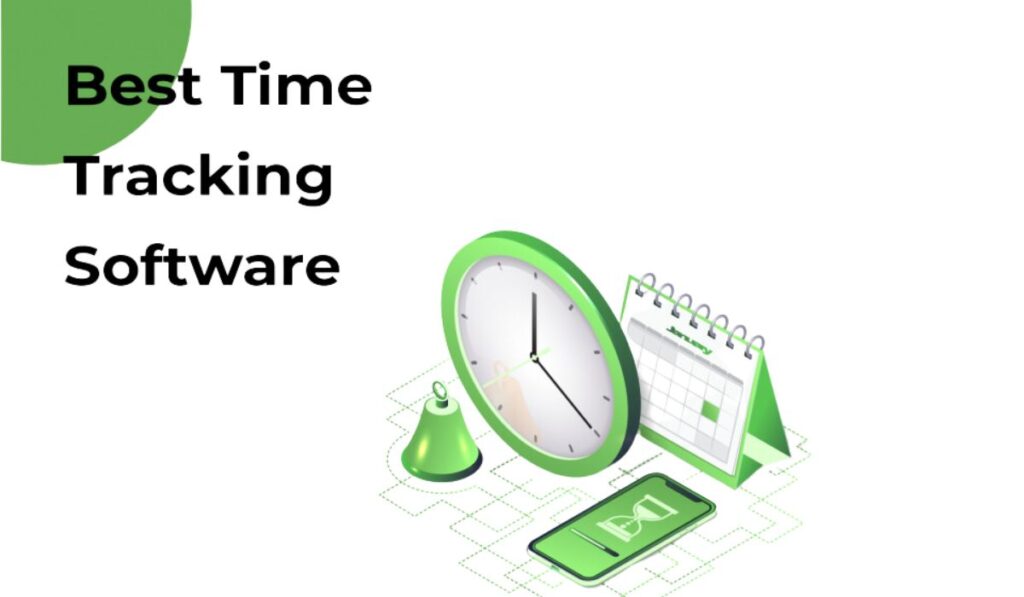Vector graphics editors are essential tools for designers, illustrators, and anyone who needs to create scalable artwork. Unlike raster graphics, which are pixel-based, vector graphics use mathematical equations to create shapes, lines, and colors, allowing the artwork to be scaled infinitely without losing quality. Whether you’re working on logos, illustrations, or detailed graphic designs, a good vector graphics editor can make all the difference. Here’s a detailed look at the ten best vector graphics editors available today.
1. Adobe Illustrator
Adobe Illustrator is the industry standard for vector graphics. It’s widely used by professional designers for creating logos, icons, illustrations, and complex designs. Illustrator offers a vast array of tools, including the Pen tool, Type tool, and Shape Builder, making it incredibly versatile.
- Precision and Control: Illustrator’s tools allow for precise control over your designs, with the ability to create complex shapes and effects.
- Integration with Adobe Ecosystem: Seamlessly integrates with other Adobe products like Photoshop and InDesign, providing a complete workflow for designers.
- Advanced Features: Illustrator supports advanced typography, gradient meshes, and vector effects, making it suitable for detailed and high-quality work.
- Community and Resources: Extensive tutorials, plugins, and a large user community make it easy to learn and find support.
- Cons: The primary drawback is its cost, as it requires a subscription to Adobe Creative Cloud.
2. CorelDRAW
CorelDRAW is another powerful vector graphics editor, particularly popular in industries like print, advertising, and sign-making. It offers a user-friendly interface with a variety of professional-grade tools.
- Ease of Use: CorelDRAW’s interface is intuitive, making it accessible for both beginners and advanced users.
- Robust Features: Offers powerful tools like Corel PowerTRACE, which converts bitmaps into editable vector graphics, and Corel PHOTO-PAINT, a photo-editing application.
- Multi-Page Support: Ideal for print media, CorelDRAW allows users to manage multi-page documents within a single file.
- Extensive File Compatibility: Supports a wide range of file formats, making it easy to import and export projects.
- Cons: Although it is powerful, it can be resource-intensive, and like Illustrator, it is a paid software.
3. Inkscape
Inkscape is a free, open-source vector graphics editor that rivals many paid options. It’s a fantastic choice for those on a budget, offering a comprehensive suite of vector editing tools.
- Cost-Effective: Being open-source, Inkscape is entirely free to use, with no hidden costs.
- Versatility: Supports SVG, PDF, EPS, AI, and other file formats, making it highly versatile for different projects.
- Regular Updates: Active development and community support ensure that Inkscape is continually improving.
- Rich Features: Includes advanced tools like the Node tool, Bezier tool, and robust text support.
- Cons: The interface can be less polished compared to commercial alternatives, and some features may have a steeper learning curve.
4. Affinity Designer
Affinity Designer by Serif is a modern vector graphics editor that has quickly gained popularity due to its powerful features and affordable pricing. It’s known for its speed and efficiency.
- Cost-Effective: A one-time purchase with no subscription, making it a budget-friendly alternative to Adobe Illustrator.
- Performance: Highly optimized, Affinity Designer offers fast and responsive performance, even with complex projects.
- Dual Environment: Allows users to work in both vector and raster environments, providing flexibility for different types of projects.
- Intuitive Interface: A clean, user-friendly interface that’s easy to navigate, even for beginners.
- Cons: While powerful, it lacks some of the more advanced features found in Illustrator, particularly for print production.
5. Sketch
Sketch is a vector-based design tool specifically geared towards UI/UX design. It has become the go-to tool for web and app designers thanks to its streamlined features and focus on interface design.
- UI/UX Focused: Tailored specifically for designing user interfaces and experiences, with features like Artboards, Symbols, and Prototyping.
- Collaboration: oOffers excellent collaboration features, making it easy for teams to work together on projects.
- Plugins and Extensions: A wide range of plugins are available, enhancing its capabilities for various design needs.
- Simplicity: A minimalist interface that reduces clutter and focuses on design.
- Cons: Sketch is Mac-only, which limits its accessibility, and it requires a subscription.
6. Gravit Designer
Gravit Designer is a versatile, web-based vector graphics editor that’s perfect for both beginners and professionals. It offers a range of tools for creating logos, icons, illustrations, and more.
- Cross-Platform: Available on all major platforms, including Windows, macOS, Linux, and Chrome OS, and also accessible via a web browser.
- User-Friendly Interface: An intuitive interface with customizable workspaces, making it easy to get started.
- Cloud Integration: Includes cloud storage, allowing you to access your projects from anywhere.
- Flexible Pricing: Offers both free and premium versions, with the premium version providing additional features like advanced export options and offline use.
- Cons: The free version is somewhat limited, and some advanced features require a subscription.
7. Vectr
Vectr is a simple, free vector graphics editor that’s ideal for quick and straightforward designs. It’s accessible online and through desktop apps, making it highly convenient for users.
- Accessibility: Vectr is entirely free and available on multiple platforms, including web browsers, Windows, Linux, and macOS.
- Ease of Use: Designed with simplicity in mind, making it perfect for beginners and those who need to create basic vector graphics.
- Real-Time Collaboration: Supports real-time collaboration, allowing multiple users to work on the same project simultaneously.
- Simplicity: Focuses on core vector editing features, without the complexity of more advanced tools.
- Cons: It lacks the advanced features found in more robust editors, making it less suitable for professional-grade work.
8. Boxy SVG
Boxy SVG is a lightweight, web-based vector graphics editor that’s perfect for creating and editing SVG files. It’s particularly useful for web designers and developers.
- SVG Focused: Specializes in creating and editing SVG files, which are widely used in web design.
- Browser-Based: Runs in your web browser, so there’s no need for installation, and it’s platform-independent.
- Intuitive Interface: Simple and easy-to-use interface with essential vector editing tools.
- File Format Support: Supports various file formats, including SVG, PNG, JPG, and WebP.
- Cons: While great for SVG files, it lacks the advanced features needed for complex vector artwork.
9. Figma
Figma is a powerful design tool that’s rapidly becoming the standard for UI/UX design. It’s a web-based application, making it accessible from anywhere and excellent for team collaboration.
- Web-Based: Fully web-based, allowing for easy access from any device with an internet connection.
- Real-Time Collaboration: Designed for teams, Figma enables multiple users to work on a project simultaneously.
- Prototyping Tools: Includes built-in prototyping features, making it easy to turn static designs into interactive prototypes.
- Cross-Platform: Works across different operating systems, making it versatile for diverse teams.
- Cons: Primarily focused on UI/UX design, so it may not be suitable for other types of vector work, and it requires a subscription.
10. Vecteezy Editor
Vecteezy Editor is a simple, online vector graphics editor that’s ideal for quick edits and creating basic vector illustrations. It’s especially useful for beginners and those who need an easy-to-use tool.
- User-Friendly: An easy-to-use interface that’s perfect for beginners or those who need to make quick edits.
- Free to Use: Completely free, with no need for installation or sign-up.
- Library of Assets: Includes access to Vecteezy’s extensive library of vector assets, making it easy to find inspiration or start a project quickly.
- Basic Features: Offers essential vector editing tools like shapes, text, and layers.
- Cons: Limited in terms of advanced features and tools, so it may not meet the needs of professional designers.
Conclusion
Choosing the right vector graphics editor can significantly enhance your design process, whether you’re a seasoned professional or just starting. The best vector graphics editors, like Adobe Illustrator and CorelDRAW, offer powerful tools and extensive features that cater to complex design needs, while more accessible options like Inkscape and Gravit Designer provide excellent platforms for those looking for free or budget-friendly solutions.
Each editor has its unique strengths, from advanced illustration capabilities to user-friendly interfaces and cross-platform compatibility. By understanding your specific design requirements and budget, you can select the vector graphics editor that will best support your creative endeavors and elevate your work to new heights.


